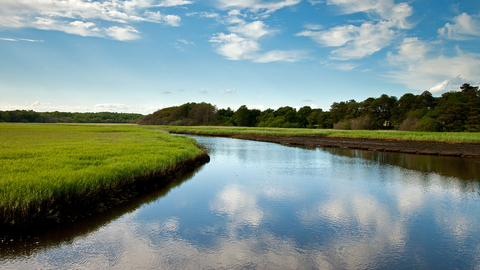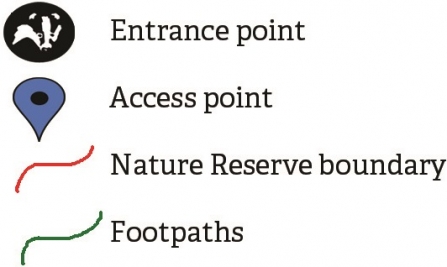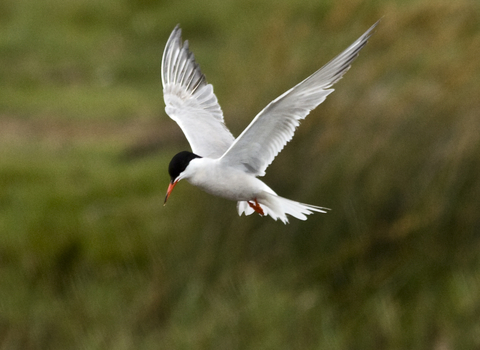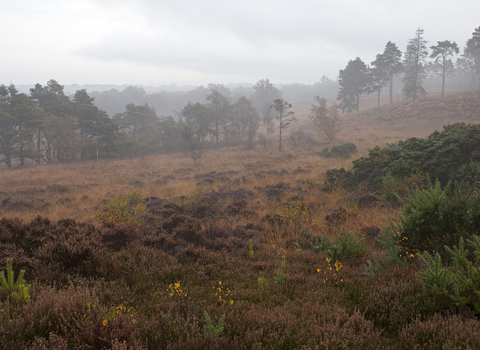Thank You!
We’re excited to share that the purchase of new land at Lymington Reedbeds Nature Reserve is complete! A huge thank you to everyone who made this possible.

© Ian Cameron-Reid
Lymington Reedbeds Nature Reserve
Location
Know before you go
Dogs
When to visit
Opening times
Open at all timesBest time to visit
Sumer is an excellent time to visit as you may see otters, water voles, Cetti’s warblers and snipes.About the reserve
Lymington Reedbeds nature reserve is home to a range of fascinating species. Sea birds are abundant and warblers sing all through the year. Migratory birds return to the reedbeds time after time, and during the winter the reserve come to life with waders and water fowl. If you’re lucky, you may even spot an otter or a water vole.
Whether you’re a keen birder or simply looking to reconnect with nature, Lymington Reedbeds Nature Reserve is a wonderful place to visit.
In the spring, vibrant marsh-marigold bring a welcome splash of colour to the reserve and the air is filled with the songs of sedge and reed warblers.
As autumn arrives, watch migrant birds such as yellow wagtail, swallow and martins build up their food stores and rest among the reeds before they depart for warmer climes.
Listen for the strange, pig-like squeals of water rail in the winter and look for snipe feeding within the shelter of the reedbeds.
Special Features:
- Otter swim along the river here and you may find clues that one has been close by, such as spraint or footprints.
- In the more open areas of wet meadow, summer heralds the flowering of water mint, gipsywort and yellow loosestrife.Otter swim along the river here and you may find clues that one has been close by, such as spraint or footprints. In the more open areas of wet meadow, summer heralds the flowering of water mint, gipsywort and yellow loosestrife.
Habitat
Contact us
Environmental designation
Location map



